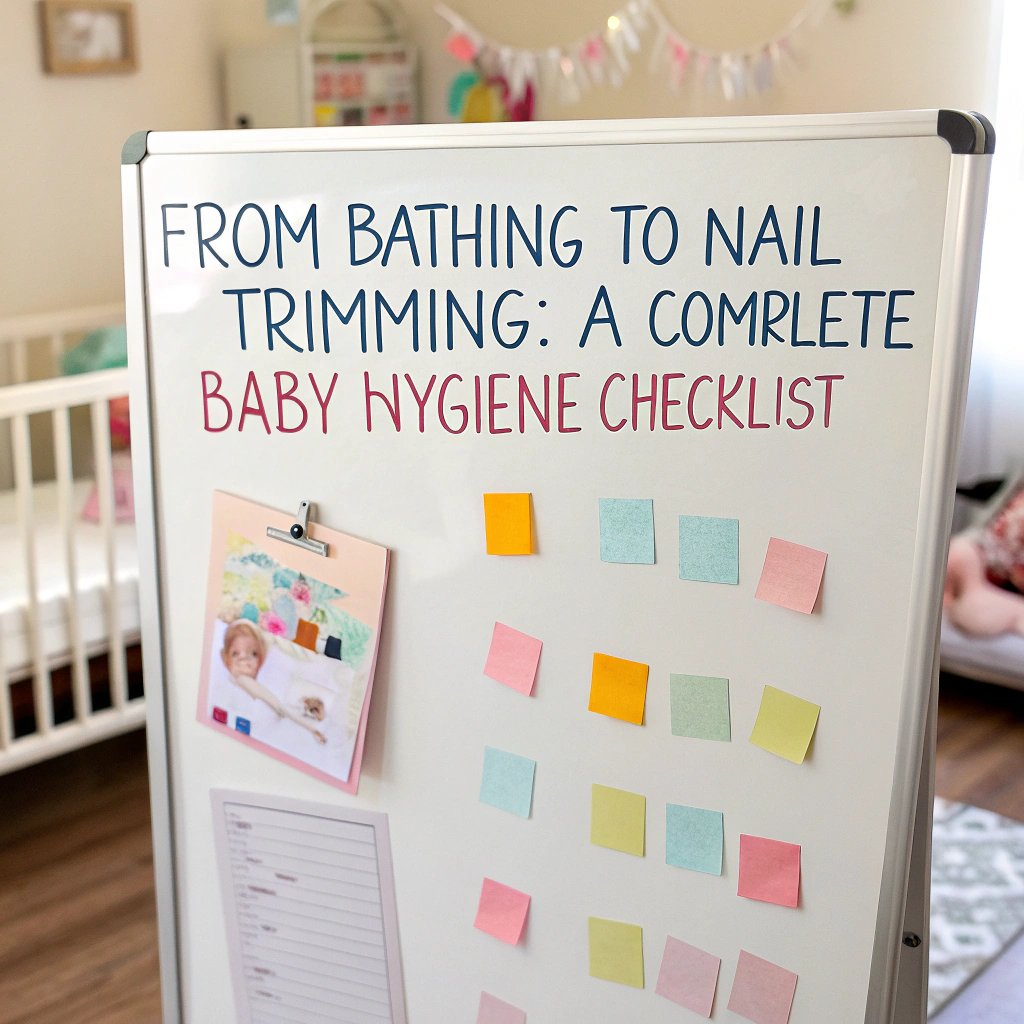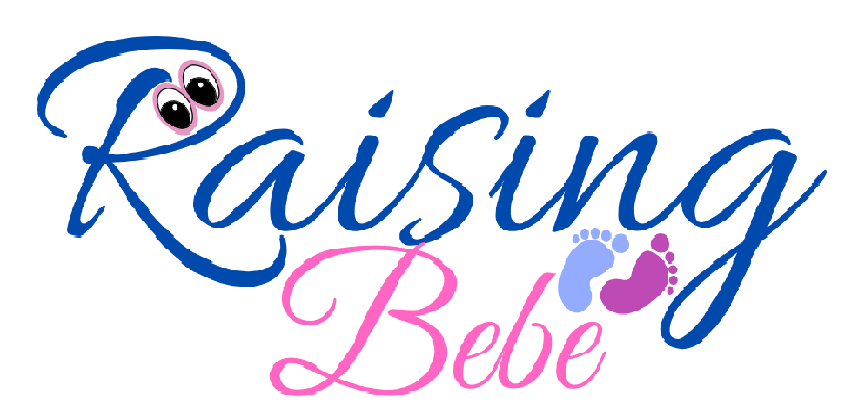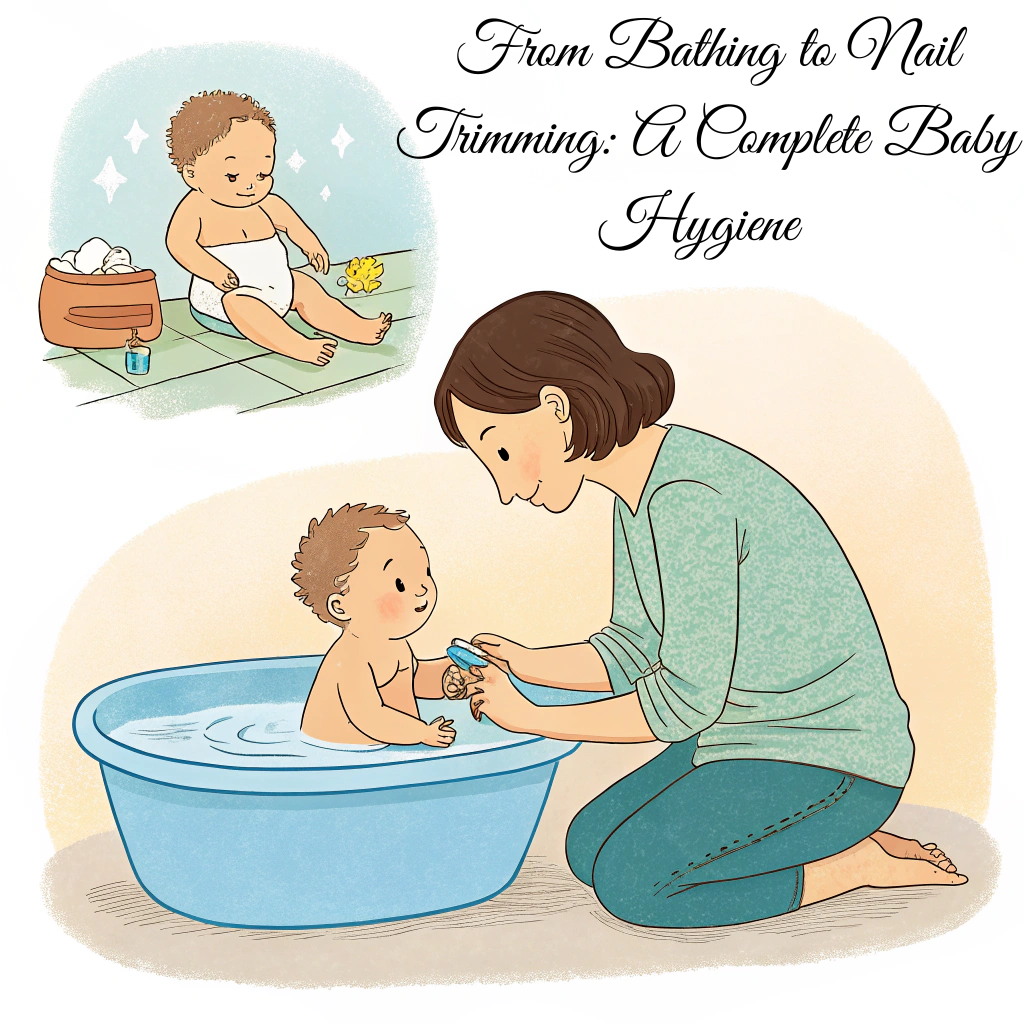Keeping your baby clean and healthy is essential for their well-being. A proper Baby Hygiene Checklist ensures that every aspect of your little one’s care—from bathing to nail trimming—is handled safely and effectively. Good hygiene not only keeps your baby comfortable but also helps prevent infections and skin issues. In this guide, we’ll cover all the must-know hygiene practices to keep your baby fresh, happy, and healthy every day.
1. Bathing Your Baby: The First Step in the Baby Hygiene Checklist
Bathing is one of the most important aspects of a baby hygiene checklist. However, it’s essential to bathe your baby correctly to avoid stripping their skin of natural oils.
How Often Should You Bathe Your Baby?
- Newborns (0-3 months): 2-3 times a week is sufficient, as over-bathing can dry out their delicate skin.
- Infants (3+ months): You can increase bathing frequency to every day or every other day, depending on their activity level.
Steps for a Safe and Effective Baby Bath
- Prepare all essentials (towel, mild soap, baby shampoo, fresh diaper, and clothes).
- Use lukewarm water (about 100°F or 38°C).
- Support your baby’s head and neck while gently placing them in the water.
- Use mild baby soap and gently clean their skin using a soft washcloth.
- Rinse thoroughly and pat dry with a soft towel.
- Apply a moisturizer to keep their skin hydrated and soft.
Additional Bathing Tips for Baby Hygiene
- Avoid using adult soaps or shampoos, as they can be too harsh.
- Never leave your baby alone in the bath.
- Stick to baby hygiene checklist recommendations for safe and healthy bathing.
2. Baby Skincare: Keeping Their Skin Soft and Healthy
A baby’s skin is more sensitive than an adult’s, making it prone to rashes, dryness, and irritation. Proper skincare is essential to prevent discomfort.
Daily Skincare Routine for Babies
- Moisturize after baths using a fragrance-free baby lotion to keep skin soft.
- Diaper changing: Change diapers frequently to prevent rashes.
- Use diaper cream if you notice redness or irritation.
- Choose soft, breathable fabrics to prevent skin irritation.
Common Baby Skin Issues and How to Handle Them ?
- Diaper rash: Apply a diaper rash cream with zinc oxide and keep the area dry.
- Eczema: Use a gentle, hypoallergenic moisturizer to prevent flare-ups.
- Heat rash: Dress your baby in light, breathable clothing in warm weather.
3. Nail Trimming: A Must-Have in Your Baby Hygiene Checklist

Babies’ nails grow quickly and can be sharp, leading to accidental scratches on their face and body.
How to Safely Trim Your Baby’s Nails ?
- Use baby nail clippers or scissors with rounded edges.
- Trim nails while your baby is sleeping or calm for better control.
- Cut nails straight across to prevent ingrown nails.
- Use a baby nail file to smooth out rough edges.
Additional Nail Care Tips
- Trim nails at least once a week since they grow quickly.
- Never cut too close to the skin to avoid pain or bleeding.
- Keep their hands clean to prevent germs from getting into scratches.
4. Baby Hair and Scalp Care: Keeping It Soft and Healthy
Even if your baby has little or no hair, scalp hygiene is important to prevent buildup and irritation.
How to Properly Wash Your Baby’s Hair ?
- Wash your baby’s hair 2-3 times a week using a mild, tear-free shampoo.
- Gently massage the scalp with your fingers or a soft brush.
- Rinse thoroughly with warm water.
Dealing with Cradle Cap
Cradle cap appears as flaky or scaly patches on a baby’s scalp. It’s harmless but can be managed with:
- Gentle scalp massage using a soft brush.
- Applying baby oil or coconut oil before washing.
- Using a mild shampoo to keep the scalp clean.
5. Oral Hygiene: Caring for Gums and First Teeth
Oral hygiene starts even before your baby’s first tooth comes in! Keeping their mouth clean helps prevent bacteria buildup.
Oral Care for Babies
- Before teeth appear: Wipe gums with a damp, soft cloth after feedings.
- Once teeth come in: Use a soft-bristled baby toothbrush with water (no toothpaste until 18 months).
- Avoid putting babies to bed with bottles to prevent early tooth decay.
6. Ear and Nose Hygiene: Keeping Airways Clear
Proper ear and nose cleaning helps prevent infections and keeps your baby comfortable.
How to Clean Your Baby’s Ears ?
- Use a soft, damp washcloth to clean the outer ear.
- Avoid inserting cotton swabs inside the ear canal, as it can push wax further in.
How to Clean Your Baby’s Nose ?
- Use saline drops to loosen mucus if your baby has a stuffy nose.
- A nasal aspirator (bulb syringe) can gently remove excess mucus.
7. Hand and Foot Care: Keeping Tiny Hands and Feet Clean
Babies love putting their hands in their mouths, so keeping them clean is essential.
Hand and Foot Hygiene Tips
- Wash hands regularly with warm water and mild baby soap.
- Wipe feet daily to prevent sweat buildup.
- Keep socks clean and dry to prevent skin irritation.
8. Clothing and Bedding Hygiene: Ensuring a Clean Environment
Clean clothes and bedding are just as important for your baby’s hygiene.
Tips for Washing Baby Clothes and Bedding
- Use mild, fragrance-free detergents to avoid skin irritation.
- Wash baby clothes separately from adult laundry.
- Change bedding and blankets regularly to keep them fresh.
Conclusion
Following a baby hygiene checklist is essential for maintaining your little one’s health and happiness. From bathing and skincare to nail trimming and oral hygiene, every step plays a vital role in keeping your baby fresh and comfortable.
By incorporating these hygiene practices into your daily routine, you ensure that your baby stays clean, protected, and free from infections. A well-structured baby hygiene checklist helps parents feel confident in providing the best care for their child.

